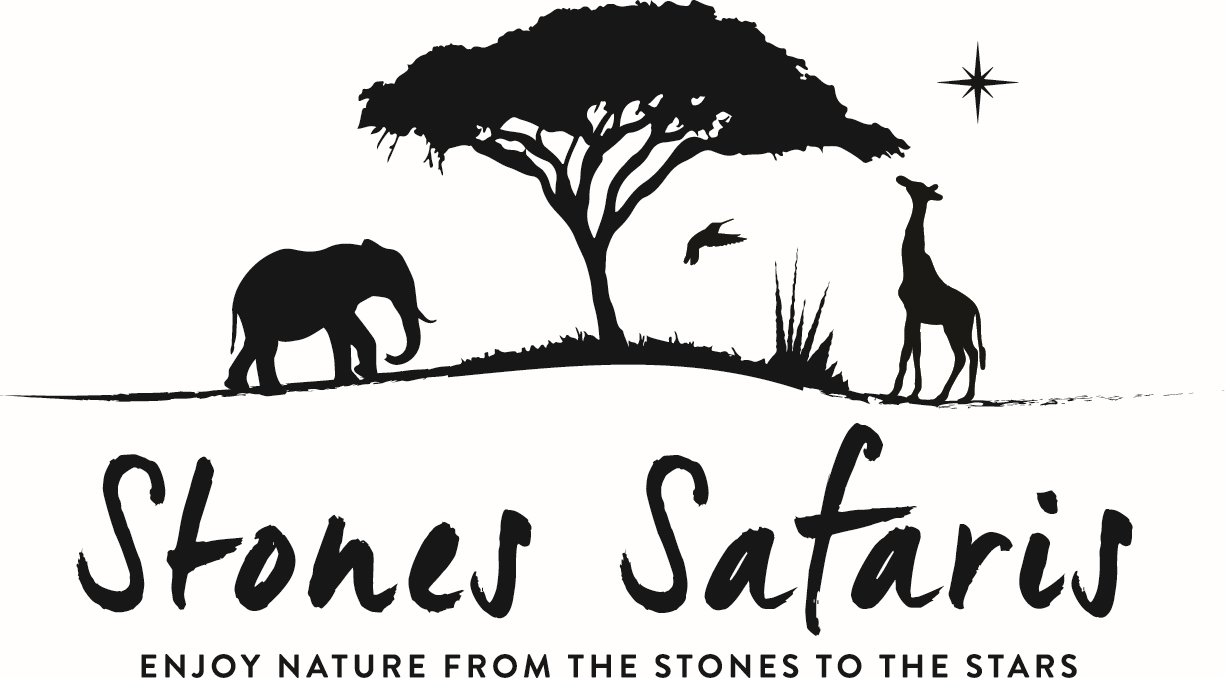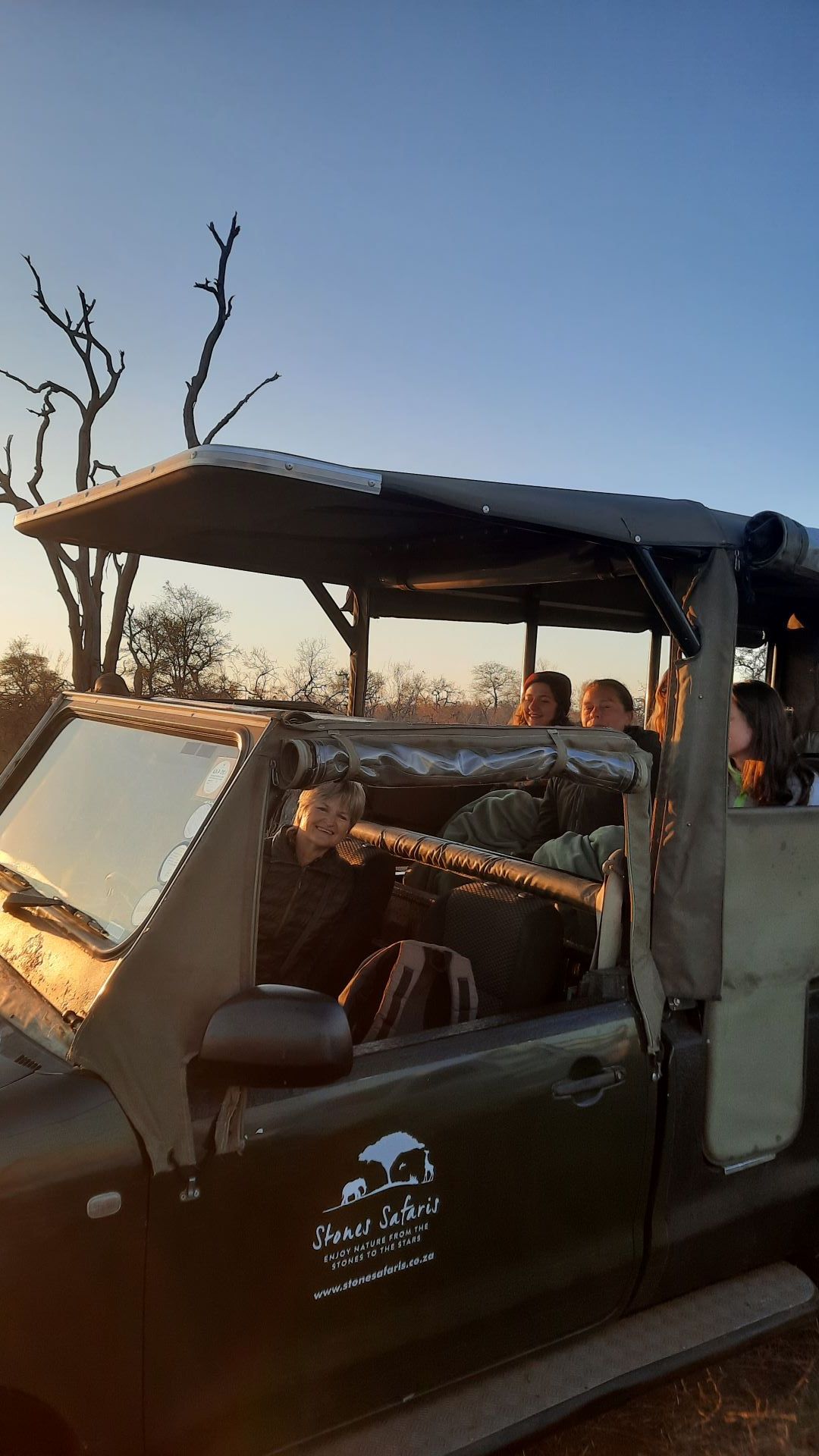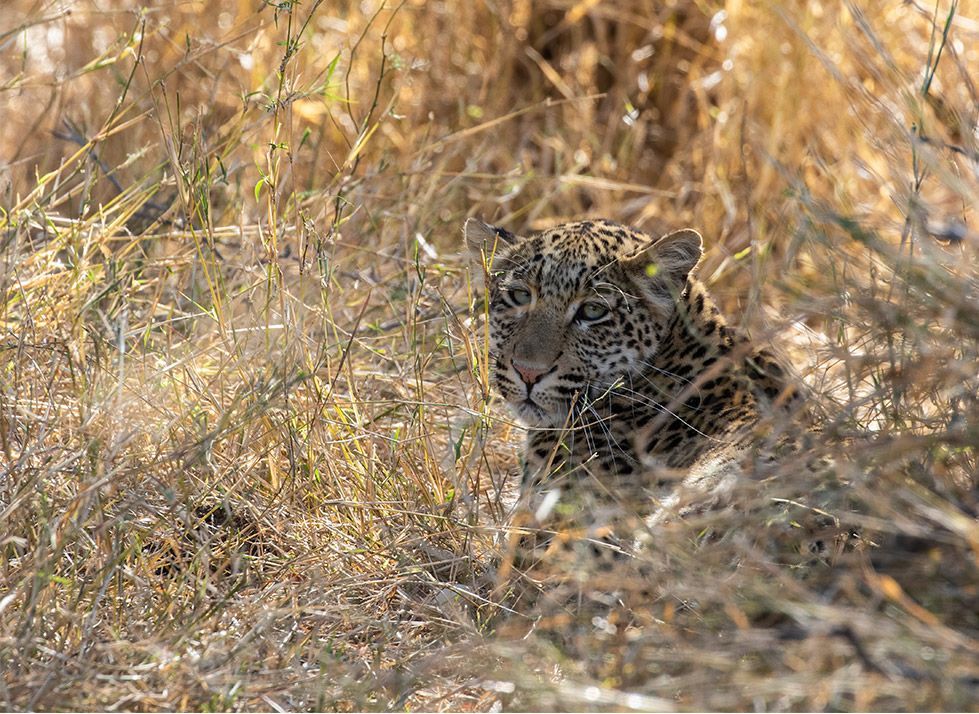Your Unforgettable SAFARI Adventure
Everything You Need to Know
About Traveling in Hoedspruit
SAFARI DESTINATION
Why Travel To Hoedspruit?
Hoedspruit is the ultimate destination for nature lovers seeking an immersive safari experience. Known as the "Safari Capital of South Africa," it sits on the doorstep of the legendary Kruger National Park and the breathtaking Blyde River Canyon. Unlike crowded tourist hubs, Hoedspruit offers intimate wildlife encounters, from open-vehicle safaris to guided bush walks.
The conservation-focused lodges and eco-friendly tourism make it a haven for responsible travelers. Whether you’re tracking the Big Five, exploring the Panorama Route, or simply soaking in the tranquility of the bushveld, Hoedspruit delivers an authentic, deeply personal connection with nature.
Hoedspruit Information Menu
What You Need to Know
Practical Information for Traveling to Hoedspruit
Essential tips, country highlights, and expert advice to make your African journey seamless and extraordinary.
Visas
Most visitors from the US, UK, and EU don’t need a visa for stays under 90 days. Check entry rules before traveling.
Malaria
This is the text area for this paragraph. To change it, simply click here and type
Currency & Payments
The South African Rand (ZAR) is used; major credit cards are accepted, but cash is useful for small purchases
Weather & Clothing
Light, breathable clothing in summer; warm layers for cool winter mornings. Neutral colors help on safari.
Park & Conservation Fees
Kruger National Park and private reserves charge daily conservation fees; rates differ for international vs. local visitors.
Getting There
Hoedspruit’s Eastgate Airport offers direct flights from Johannesburg and Cape Town, or you can self-drive.
Hoedspruit Location
A Central Safari Hub
Strategically located between Kruger National Park and the Blyde River Canyon, Hoedspruit is a prime gateway to South Africa’s premier safari destinations. With world-class private reserves, expert guides, and abundant wildlife, it serves as the perfect base for exploring the Lowveld’s rich ecosystems through personalized, small-group safari experiences.
- Unmatched Safari Access – Hoedspruit offers easy entry to both Kruger National Park and exclusive private reserves.
- Diverse Landscapes – From open savannas to riverine forests, explore a variety of ecosystems in one location.
- Year-Round Wildlife Viewing – No matter the season, Hoedspruit provides exceptional game-viewing opportunities.
never been in hoedspruit before?
Expert Advice for Your First Hoedspruit Safari Trip
Book In Advance
Popular lodges and guided safaris fill up quickly, especially in peak seasons (June–September).
Choose Small Group Safaris
Opt for private or small-group tours for a quieter, more immersive wildlife experience.
Respect the wildlife
Keep noise levels down and follow guide instructions for ethical wildlife encounters.
Support Conservation Efforts
Stay at eco-conscious lodges and visit rehabilitation centers to contribute to local conservation initiatives
Hoedspruit Safaris
What to Expect From Each Season
Summer
November – March
Lush & Vibrant
Expect warm temperatures (30–40°C) with afternoon thunderstorms that turn the landscape into a green paradise. It's the best time for birdwatching, with migratory species arriving. Wildlife is more scattered due to abundant water, making sightings less predictable but rewarding.
Autumn
April – May
Comfortable & Clear
The heat eases, and vegetation begins to thin, improving visibility for game drives. Cooler mornings and warm afternoons (20–35°C) create ideal safari conditions. A great time for photography with golden sunsets and crisp air.
Winter
June – August
Peak Safari Season
Dry weather and sparse vegetation mean incredible game viewing, with animals gathering around waterholes. Mornings and nights can be chilly (15–25°C), so layers are essential. Clear skies make for breathtaking stargazing.
Spring
September - October
A Season of Change
Temperatures start rising (15–32°C), and the first rains bring fresh greenery. It’s a fantastic time to witness newborn animals and the bush awakening from winter’s dryness.
How do I get to Hoedspruit?
You can fly into Eastgate Airport from Johannesburg or Cape Town, or take a scenic self-drive route.
There are also plenty of road shuttles available - just ask us!
What is the best time for a safari in Hoedspruit?
Winter (May–September) is ideal for wildlife spotting, while summer (October–April) offers lush landscapes and birdwatching.
Can I self-drive in Kruger from Hoedspruit?
Yes, self-drive safaris are possible, but guided game drives offer deeper insights and better wildlife spotting.
Is Hoedspruit safe for travelers?
Yes, it’s a safe and tourist-friendly area. Basic precautions apply, as in any travel destination.
What wildlife can I see near Hoedspruit?
Expect Big Five sightings, plus cheetahs, wild dogs, hippos, and diverse bird species.
What other activities can I do besides safaris?
Explore the Panorama Route, visit wildlife rehab centers, take a hot air balloon ride, or enjoy a Blyde River Canyon boat cruise.









